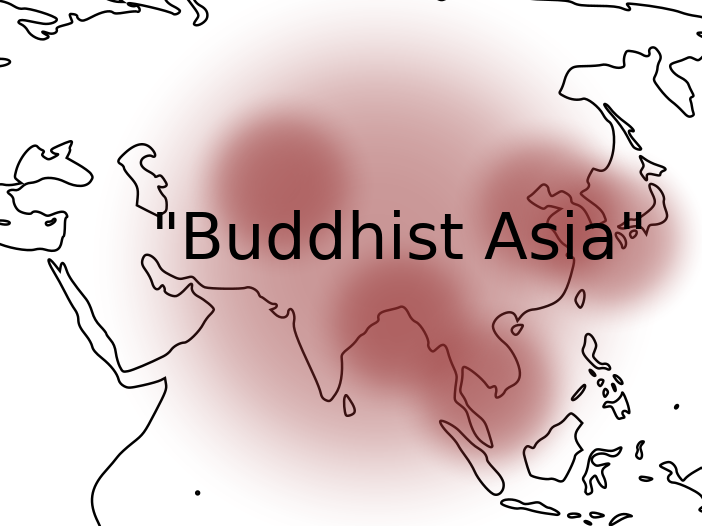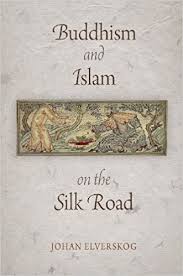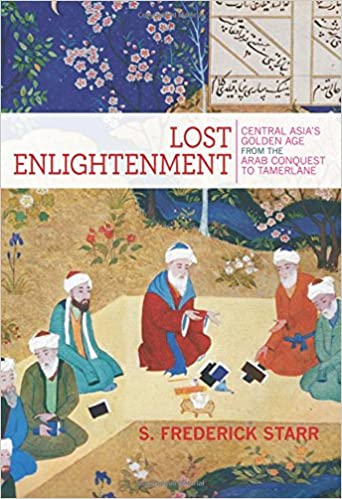This posted started off as a reply to Siddarth’s comment and his visit to two temples in Sri Lanka.
First, three old Sinhala words out of many. Gokkana, DeviNuwara, Upulvan
Gokkana. The old Sinhala name for Trincomalee. Trincomallee is Derived from the recent name, Tri-Kona-Malaya. Malaya (=Malai in Tamil) is an old word used for hill/mountain. eg the Hill country is Malaya Desaya and first ref to that term that I know around 1BC. I suspect that word is from Pali. The common sinhalese word is Kanda for mountain. eg Kanda-Uda-Rata-Nuwara Hill-Top-Country-City. Now in English Kandy and in Sinhala Nuwara. Is Kanda Tamil or really old Sinhala? Who knows,
Dondara: Devapura and Devanagara. In Sinhalese it has been referred to as Devundara and Devinuwara, meaning City of Gods and Devundara is Southern most point in Sri Lanka
Until the late 16th century a historic temple port town complex housed merchants from around Asia. . A multi-religious site, its primary deity was the Buddhist god Upulvan and at its zenith was one of the most celebrated religious sites of the island, containing a thousand statues of the various sects of Hinduism and Buddhism.
Upulvan* Upul=Dark Blue Van=Vanna (pali)=Varna. Sinhala: උපුල්වන් දෙවියෝ, Pali: Uppalavanna; Sanskrit: Utpalvarna. Now used to mean Vishnu. First mentioned in Mahavamsa as Vijaya (500 BC) being blessed by god Upulvan (see foot note 2) on arrival in Sri Lanka. Upulvan is considered the god whom the Buddha entrusted with the guardianship of Sri Lanka and Buddhism in the country. At the end of the 15th century, god Upulvan was identified with god Vishnu of Hinduism. Thereafter images of Upulvan as Vishnu were set beside the images of Buddha
So now to the Temples Tenavaram in Dondra/Devundara and Koneswaram in Trinco/Gokkana
Koneswaram in Gokkana
Apparently King Mahasen (277-304 AD) destroyed the Hindu Temple. According to the Mahavamsa to quote
and founded three viharas, destroying temples of the (brahmanical) gods: the Gokanna (vihara), (and another vihara) in Erakavilla, (and a third) in the village of the Brahman Kalanda;13
King Mahasen, initially a Mahayanist and later went back to Theravada. Built 16 reservoirs including Minneriya. Minneriya reservoir is now the site of the largest gathering of Elephants. Mahasen was regarded as a god or deity, and was called Minneri Deviyo (God of Minneriya).
In that same chapter “At the place of the yakkha Kalavela14 he built a thupa”, which reiterates the claim the Yakkas were real people.
The deep ocean where Portuguese are reputed to topple the Temple, there are Buddhist and Hindu ruins
Just a few years later in 1956, the famous Arthur C Clarke uncovered underwater masonry, architectural and idol images of the original temple. In his 1957 book ‘the Reefs of Taprobane’, Clarke identified at least 3 Hindu temples as having been build on or around Swami rock over the millennia. At that time, he said they were probably the most photographed underwater ruins in the world.
Arthur C Clarke description of first sights underwater.
https://www.penn.museum/sites/expedition/ceylon-and-the-underwater-archaeologist/
Recent Dive clip
https://www.youtube.com/watch?v=yRIhTEHThwc
Tenavaram in Dondra/Devundara/DeviNuwara.
DeviNuwara is dotted with many temples, Buddhist and Hindu. Pothgul and Galge are the lesser known but ancient buildings.
Devundara is multi-religious complex, the Buddhist temple and the Upulvan devale (shrine) was started by King Dappula II in the 7th century AD.

*I suspect a lot of merging of pre Buddhist gods with Hindu Gods. Much like the dynamics in the Caribbean African Gods being merged with Catholic Saints. See Link below for synopsis.
https://scholar.library.miami.edu/emancipation/religion1.htm


